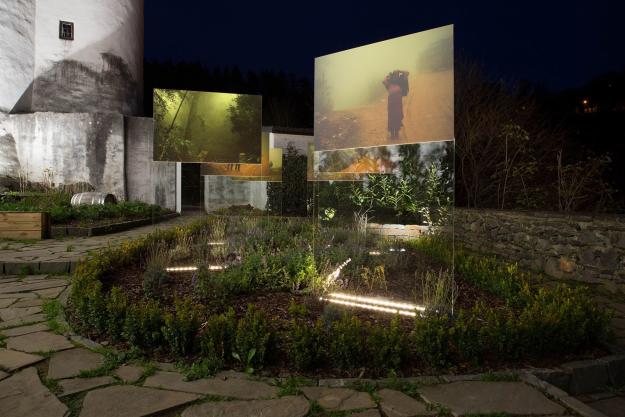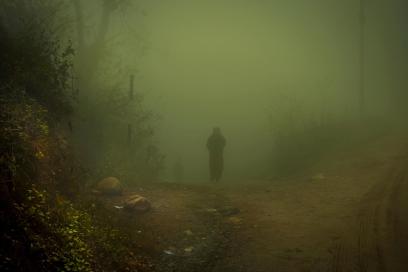Where Gods reside
The Himalayas hold an extraordinary fascination for man. Home to visible natural, creative and primal forces, this region was - according to the science of plate tectonics - formed following a collision of the Indian and Eurasian plates. The displacement of these enormous land masses is still ongoing, with a northern shift of a few centimetres being measured every year. These are thus living mountains that exceed man not only in his expectations but also in their sublimity.
The name "Himalaya" comes from the Sanskrit (1) language and means "the home of snow". The peaks of this so-called eternal snowy abode range from 5000 m to more than 8000 m. (2) The forest respectfully maintains its distance in the second half of the climb to the summit of this monumental sculpture. The indigenous people tend to do the same, because they know the true secret of the mountains: this is where gods reside.
This close to the heavens, it is unclear whether the gods are mountains or clouds, or they can also change into fog? The legend tells of five sisters, fairies who took on the form of five mountains - the highest ones within the range. Each goddess represents a virtue and reflects a dominant hue, such as the colour green...
Mountain fog takes on unexpected colours, giving the atmosphere a supernatural dimension. A clear and distinct view allows man to trace the horizon, to look into the distance and to further his empirical knowledge. But the moment the clouds touch the earth, the mist brings the fleeing ideas back to their author. The fog slows down time and thoughts, separating the surrounding space from the rest of the world. Senses are less distracted and more pronounced, it is the reconciliation of the individual with his spirit ...
Tine Poppe has captured this moment in time, both ephemeral and eternal: the language of photography communicates the unparalleled character of the mountains. When heaven and earth appear to merge, the images take on a new guise. They transgress their photographic style to adopt an expression close to the art of painting, assuming a pictorial air!
Text: Annick Meyer
Translation by Claire Weyland
(1) The liturgical language of Hinduism.
(2) Figures based on: https://fr.wikipedia.org/wiki/Himalaya; 16 July 15
Exhibition views





© CDI / Nico Patz




